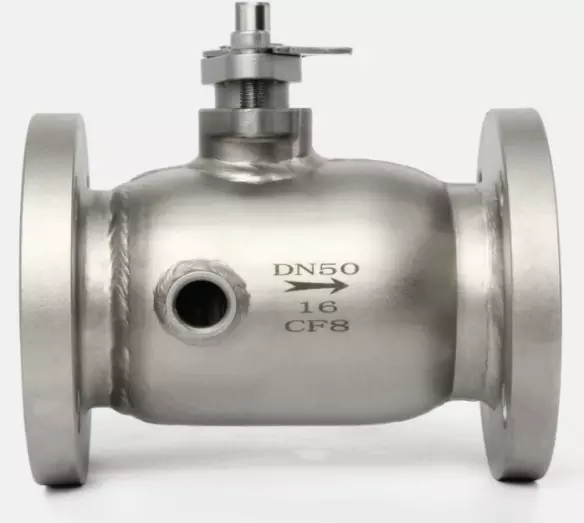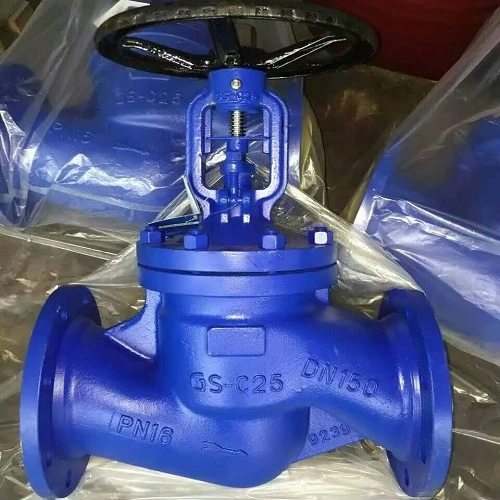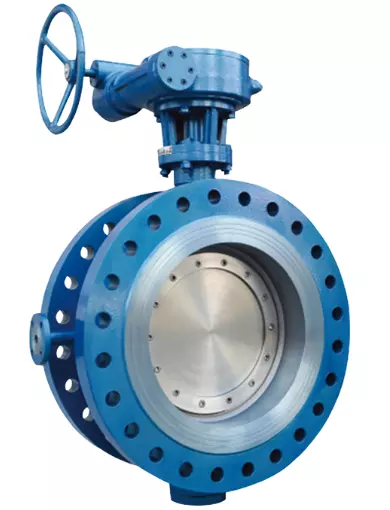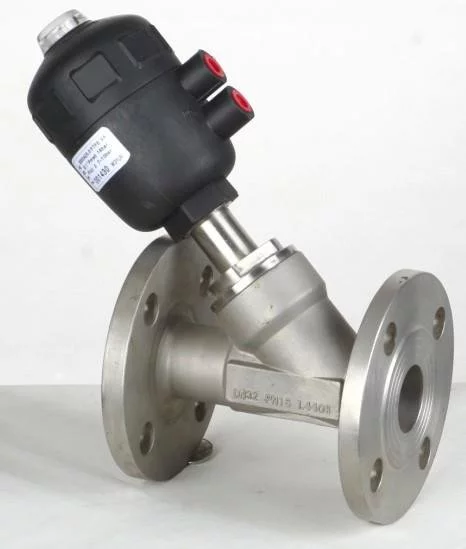Steam valves are mechanical devices used to control the flow of steam in various systems. They are typically found in steam power plants, industrial processes, heating systems, and steam-driven machinery. Steam valves play a crucial role in regulating the pressure, temperature, and flow rate of steam to ensure efficient and safe operation. Further, steam is also used for heating, humidification, and cleaning services. So, the flow and pressure for all such applications must be controlled for better efficiency. Here, comes the importance of steam valves. Proper control over steam and water vapor is achieved by the use of steam valves in systems.
Functions of Steam Valves
Steam valves are devices used to control the flow of steam in a system. They are designed to withstand high temperatures and pressures, ensuring that steam is properly contained and directed. Steam valves play a crucial role in regulating the pressure, temperature, and flow rate of steam within pipes or equipment. By opening or closing the valve, the operator can adjust the amount of steam passing through, allowing for precise control over the process.They are typically made of materials such as stainless steel, cast iron, or brass, depending on the specific application and steam conditions. The steam valves majorly perform the following three functions.- Controlling or reducing steam pressure from inlet to application. Lower steam pressure is synonymous with improved plant safety.
- Controlling temperature
- Flow control or regulation.
Types of Steam Valves
There are different types of steam valves, including globe valves, gate valves, ball valves, and butterfly valves, each with its own design and functionality. Globe valves are commonly used for throttling and regulating steam flow, while gate valves are more suitable for on/off control. Ball valves offer quick and easy operation, and butterfly valves are often used for larger pipe sizes.Ball Valves as Steam Valves
Ball valves can be used as steam valves. Ball valves are known for their durability and ability to handle high-pressure applications, making them suitable for steam systems. They provide a tight shut-off and are easy to operate, making them a popular choice for controlling steam flow. However, it's important to ensure that the ball valve you choose is specifically designed and rated for steam applications to ensure safe and reliable operation.
Globe valves as Industrial Steam Valves
a globe valve is commonly used as an industrial steam valve. Globe valves are designed to regulate or stop the flow of fluid in a pipeline. They have a spherical-shaped body with an internal baffle and a movable disk or plug that controls the flow by either fully opening or closing the valve.In steam systems, globe valves are often used for their ability to provide precise control over the flow rate. They allow for throttling, meaning you can adjust the valve to regulate the amount of steam passing through, which is important in many industrial processes.
Globe valves also offer good shutoff capabilities, ensuring that steam flow can be completely stopped when needed. This is crucial for maintenance or emergency situations.
Furthermore, globe valves are known for their durability and ability to handle high-pressure and high-temperature applications, making them suitable for steam systems in industrial settings.
Overall, globe valves are a popular choice for controlling steam flow in various industries due to their versatility, reliability, and ability to provide accurate flow regulation.

Butterfly Valves as Steam valves
A butterfly valve can indeed be used as a steam valve in certain applications. Butterfly valves are versatile and commonly used in various industries, including steam systems. They are known for their quick operation, low pressure drop, and ease of automation.When using a butterfly valve as a steam valve, it is important to consider a few factors. Firstly, ensure that the valve is designed to handle high-temperature steam and is made of materials suitable for such conditions. The valve should have a tight seal to prevent steam leakage, as steam can cause significant energy loss and potential safety hazards.
Additionally, consider the valve's sizing and flow characteristics to ensure it can handle the steam flow rate required for your application. It's also worth noting that butterfly valves may have some limitations in terms of throttling capabilities compared to other types of valves like globe valves, so keep that in mind when choosing the right valve for your specific steam system requirements.
Ultimately, consulting with a valve expert or engineer who specializes in steam systems would be beneficial to ensure the butterfly valve is suitable and properly installed for your particular steam application.

Angle valves as Steam valves
An angle valve is a type of valve that is commonly used in plumbing systems to control the flow of fluids, including steam. It is called an "angle valve" because it has an angled body, typically at 90 degrees, which allows it to be installed in tight spaces or in corners.When it comes to using an angle valve as a steam valve, it can certainly be done, but there are a few factors to consider. Steam is a high-temperature fluid with specific requirements for proper control and safety. Here are a few things to keep in mind:
1. Material: Make sure the angle valve you choose is made from a suitable material that can handle the high temperature and pressure of steam. Common materials for steam valves include brass, stainless steel, or cast iron.
2. Pressure and temperature rating: Check the pressure and temperature ratings of the angle valve to ensure they are compatible with the steam system. Steam can reach high pressures and temperatures, so it's important to select a valve that can handle these conditions safely.
3. Valve type: There are different types of valves suitable for steam applications, such as gate valves, globe valves, or ball valves. Each type has its own advantages and considerations, so it's important to choose the right valve for your specific needs.
4. Installation: Proper installation is crucial to ensure the angle valve functions correctly as a steam valve. Follow the manufacturer's instructions and consider consulting a professional if you're unsure about the installation process.
Remember, working with steam can be hazardous if not handled properly. It's essential to prioritize safety and ensure that the angle valve you choose is suitable for the specific steam application you have in mind.

